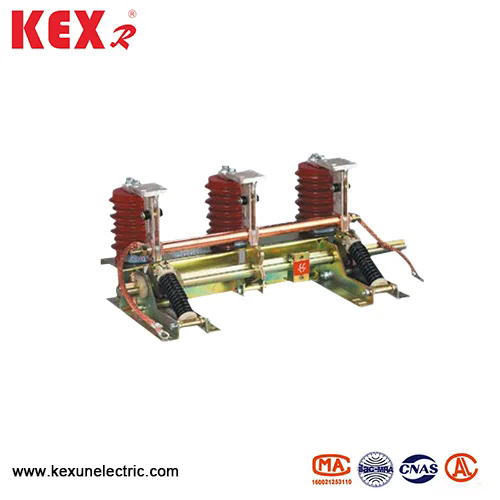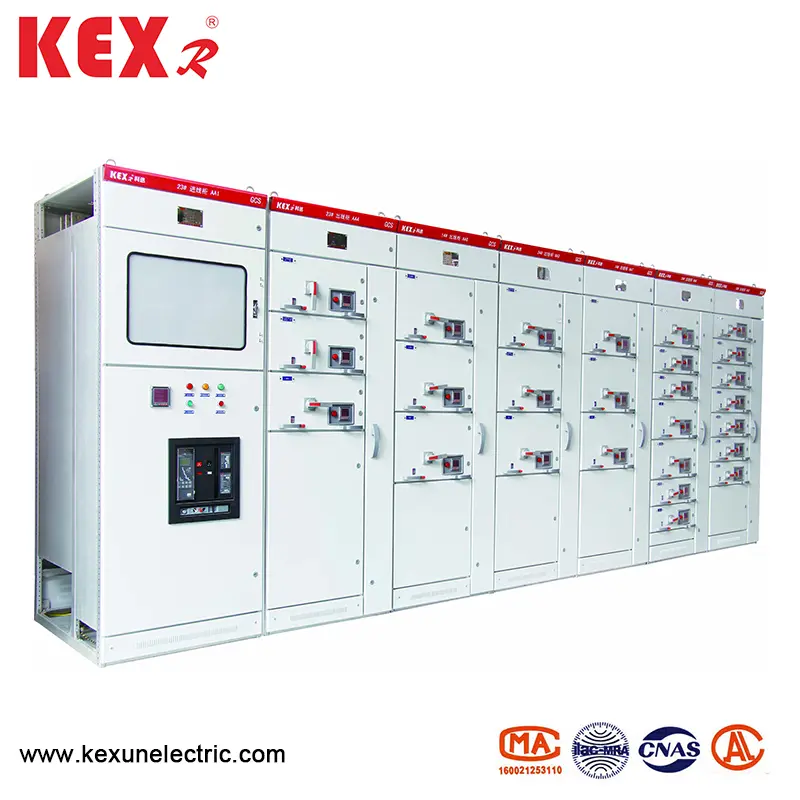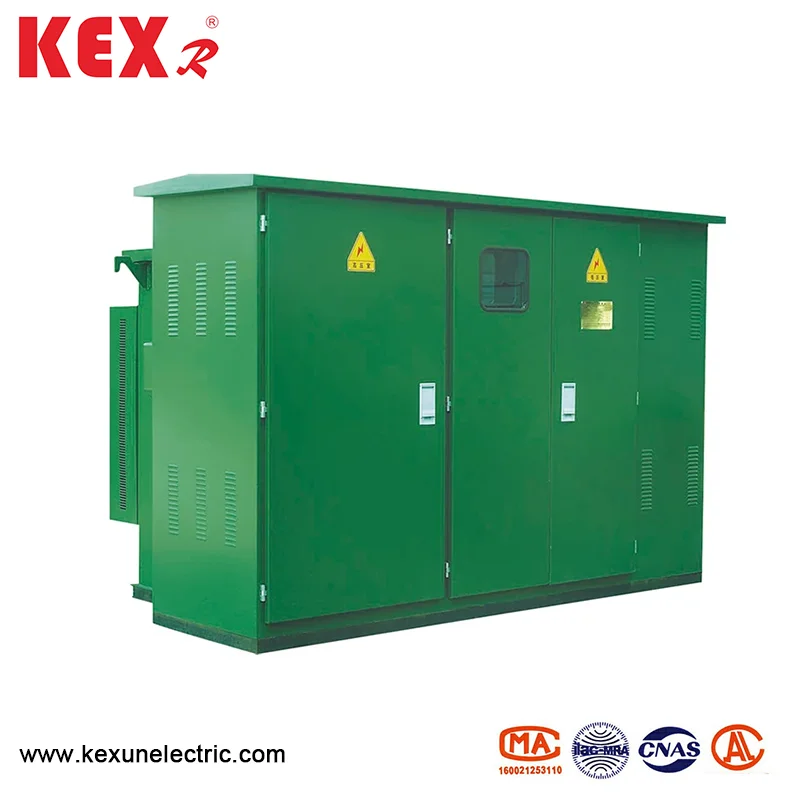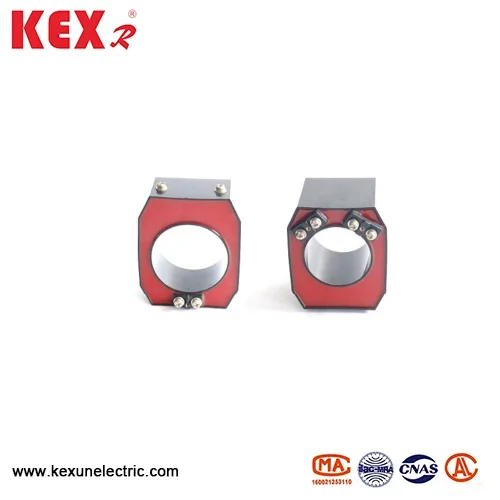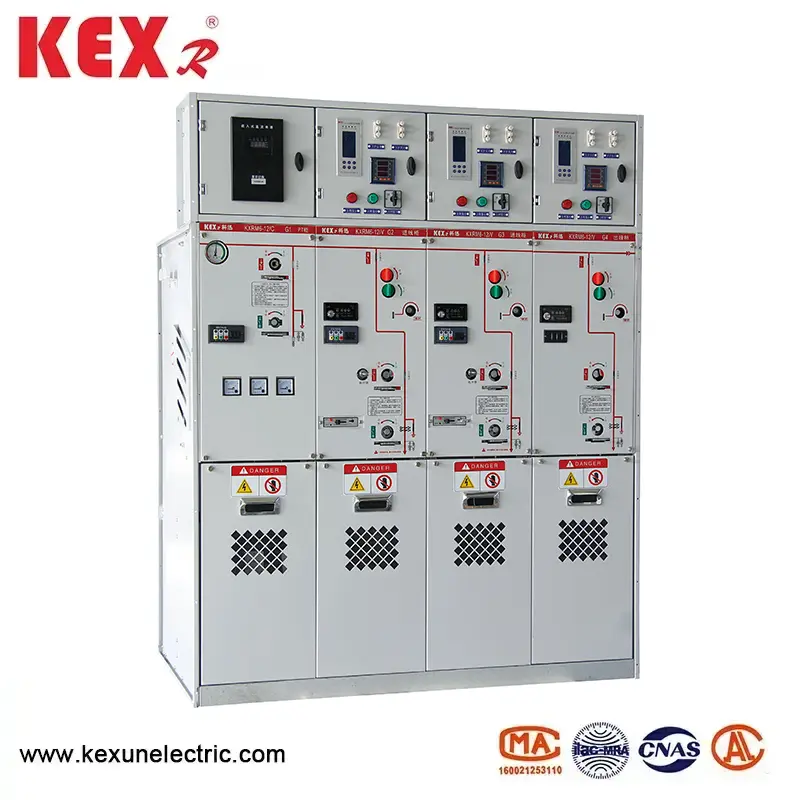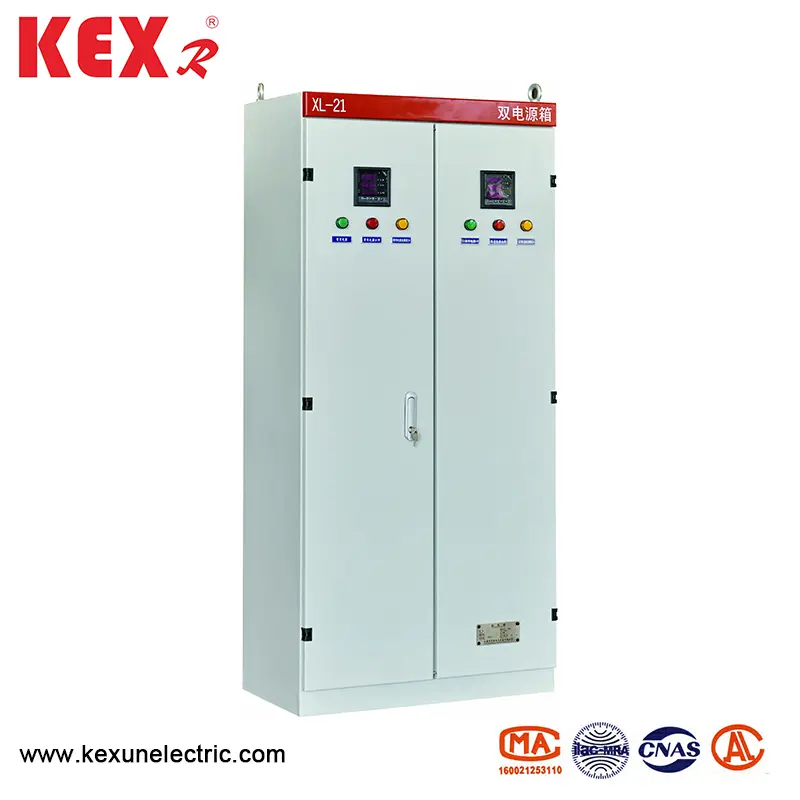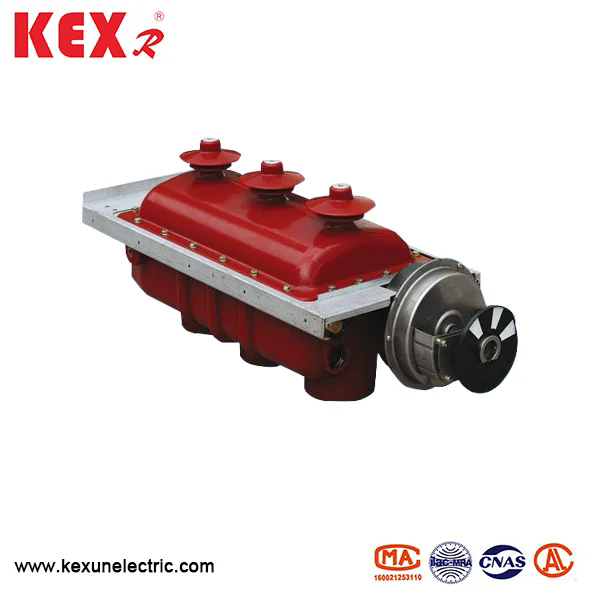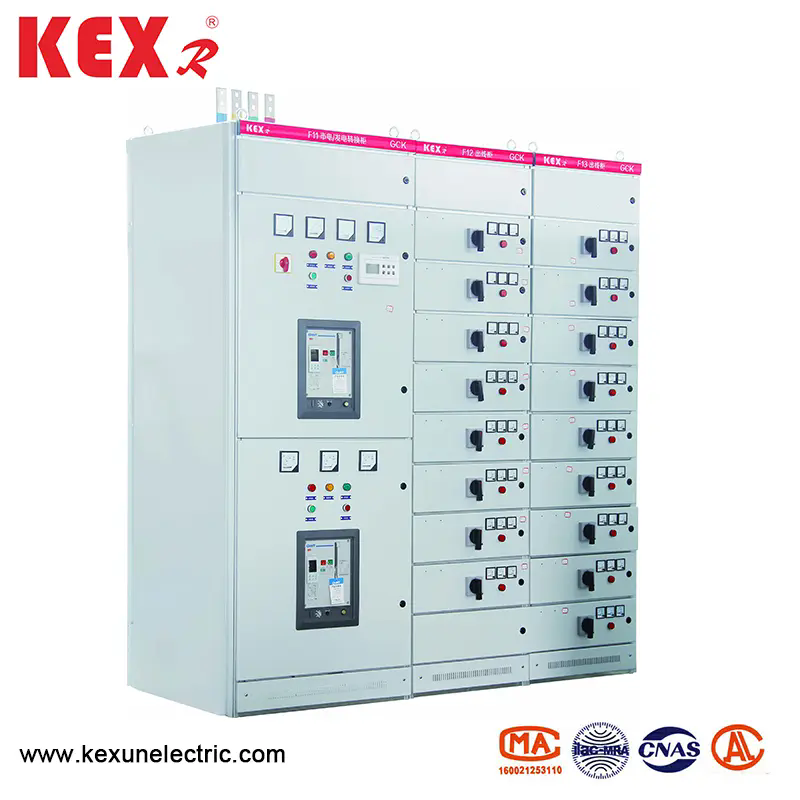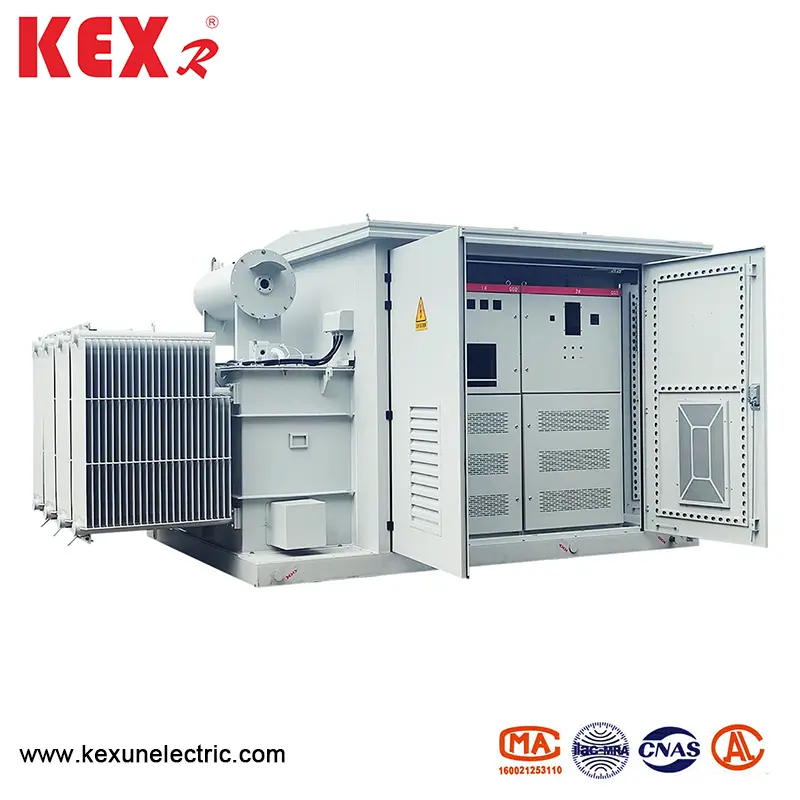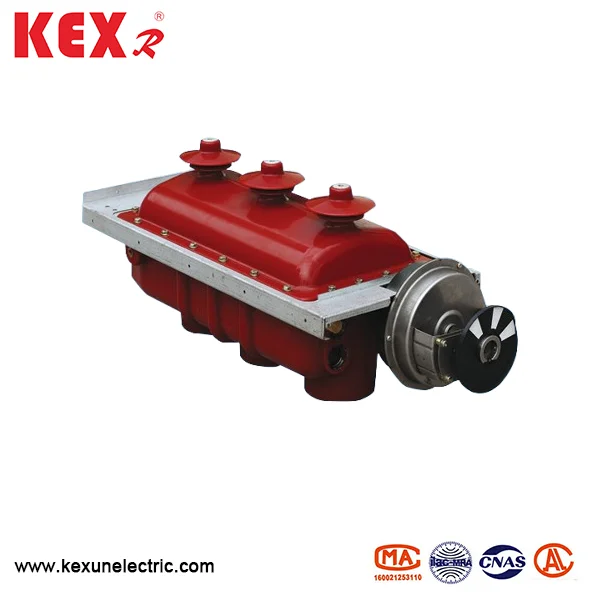Why Does Earthing Switch Matter for Electrical Safety?
Electrical power systems are complex networks that require precise control and robust safety mechanisms to function reliably. Among the many devices that ensure safety, the earthing switch plays a critical role.
An earthing switch is a specially designed mechanical device used to connect a circuit or a piece of electrical equipment directly to earth (ground). By doing this, it provides a low-impedance path for current, ensuring that any residual charge, fault current, or induced voltage is safely discharged into the ground. This prevents accidental electric shocks, equipment damage, and operational hazards.
Earthing switches are not continuously in use during the operation of equipment. Instead, they are operated in specific scenarios, such as:
-
During maintenance or repair of high-voltage lines.
-
When isolating equipment from the grid for inspection.
-
In emergency situations to discharge residual energy.
Without an earthing switch, technicians would be exposed to dangerous voltages even after disconnecting circuits. This makes it a non-negotiable component in power distribution networks, substations, and industrial plants.
What Functions and Applications Do Earthing Switches Serve?
Understanding the functions of an earthing switch helps explain why it is widely adopted in the power sector.
Primary Functions
-
Safety Assurance
By grounding residual charges, earthing switches eliminate the risk of accidental electrocution during maintenance. -
System Protection
Equipment such as transformers, switchgear, and busbars are safeguarded from transient overvoltages and static induction. -
Operational Reliability
Regular use of earthing switches ensures that electrical systems are isolated effectively, providing confidence for operators and engineers. -
Compliance with Standards
International and local standards, such as IEC 62271, require earthing switches in certain high-voltage environments.
Key Applications
-
High-Voltage Substations: Used for grounding busbars and disconnecting sections safely.
-
Medium-Voltage Distribution Systems: Protects maintenance personnel during repairs.
-
Industrial Plants: Secures large machinery and sensitive equipment from unexpected surges.
-
Renewable Energy Farms: In wind and solar farms, earthing switches help in isolating inverters and transformers for inspection.
Technical Parameters of Earthing Switches
| Parameter | Specification Options |
|---|---|
| Rated Voltage | 12 kV, 24 kV, 36 kV, up to 550 kV |
| Rated Current | 400 A – 3150 A |
| Short-Time Withstand Current | 16 kA – 50 kA (1s to 3s) |
| Peak Withstand Current | 40 kA – 125 kA |
| Closing Capacity | 40 kA – 80 kA |
| Insulation Level | According to IEC 62271-102 standards |
| Operating Mechanism | Manual, motorized, spring-operated |
| Mounting | Indoor, outdoor, gas-insulated, air-insulated |
These parameters determine how suitable a specific earthing switch is for an application. For instance, a 36 kV earthing switch with 31.5 kA short-time withstand current would be suitable for medium-voltage industrial systems, while ultra-high-voltage substations require higher ratings.
What Should You Consider When Choosing an Earthing Switch?
Choosing the right earthing switch is not just about matching voltage ratings. It involves evaluating operational environments, safety standards, and system integration.
Key Factors to Consider
-
Voltage and Current Ratings
-
Ensure compatibility with the system’s nominal voltage and fault current levels.
-
A mismatch could compromise safety or lead to premature failure.
-
-
Withstand Capability
-
Verify both short-time and peak withstand current ratings.
-
This ensures the earthing switch can handle fault currents without damage.
-
-
Operating Environment
-
For outdoor substations, weatherproof and corrosion-resistant models are essential.
-
For GIS (Gas-Insulated Switchgear), specialized compact earthing switches are required.
-
-
Operating Mechanism
-
Manual types are cost-effective for smaller facilities.
-
Motorized or spring-operated versions are preferred in automated substations.
-
-
Standards and Certifications
-
Compliance with IEC 62271 or equivalent national standards ensures reliability and global acceptance.
-
-
Maintenance Requirements
-
Opt for designs with minimal moving parts and easy inspection features to reduce downtime.
-
Advantages of Selecting the Right Earthing Switch
-
Enhanced worker safety with reliable grounding.
-
Improved operational efficiency due to reduced maintenance delays.
-
Greater compliance with regulatory standards.
-
Extended lifespan of associated equipment.
Common FAQs About Earthing Switches
Q1: What is the difference between an earthing switch and a disconnect switch?
A: While both are safety devices, a disconnect switch isolates a section of a circuit without grounding it. An earthing switch, on the other hand, connects the isolated section directly to ground, ensuring that no residual or induced voltage remains. Both are often used together in high-voltage installations to maximize safety.
Q2: What maintenance does an earthing switch require?
A: Regular inspection is recommended to check for mechanical wear, corrosion, and insulation integrity. Lubrication of moving parts, functional testing of operating mechanisms, and verification of grounding connections are essential. Depending on usage and environment, maintenance intervals may range from annually to every three years.
What Role Will Earthing Switches Play in the Future of Power Systems?
The power sector is evolving rapidly with the integration of renewable energy, smart grids, and digital monitoring. Earthing switches are also evolving to meet these new demands.
Future Trends in Earthing Switch Technology
-
Smart Monitoring Integration: Advanced earthing switches are now being integrated with sensors that monitor operating status, fault currents, and contact resistance in real time.
-
Compact Designs: With space at a premium in urban substations, compact gas-insulated designs are becoming more common.
-
Higher Ratings for Renewables: Wind and solar farms often experience fluctuations in load, requiring earthing switches with higher dynamic performance.
-
Sustainability Focus: Manufacturers are exploring eco-friendly materials and designs that reduce the carbon footprint of switchgear equipment.
Why Earthing Switches Remain Indispensable
As electrical networks become more complex, the risks associated with fault currents, induced voltages, and maintenance hazards also increase. Earthing switches will remain a cornerstone of electrical safety, ensuring that engineers and technicians can work with confidence in high-voltage environments.
At Kexun, we deliver earthing switches engineered to the highest standards of safety, durability, and performance. Our portfolio covers a wide range of voltage classes, operating mechanisms, and configurations, enabling us to serve power utilities, industrial plants, and renewable energy projects worldwide. Each switch is designed with precision to meet international standards while adapting to the specific demands of different markets.
For detailed specifications, consultation on customized solutions, or bulk inquiries, we welcome you to contact us today and discover how Kexun earthing switches can enhance the safety and reliability of your electrical systems.
- Why Is a Cable Branch Box the Quiet Fix My Project Has Been Missing?
- Could One Box Type Substation Turn Grid Connection into Your Advantage?
- What Exactly is an SF6 Load Switch?
- What Makes Box Tape Substation the Future of Industrial Electrical Systems?
- Why do you need cable branch box?
- Why Choose an SF6 Load Switch for Modern Electrical Networks?


